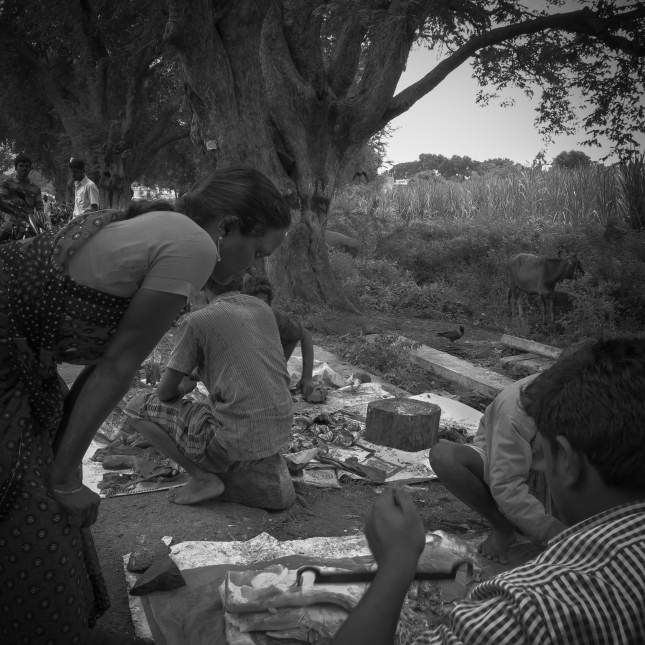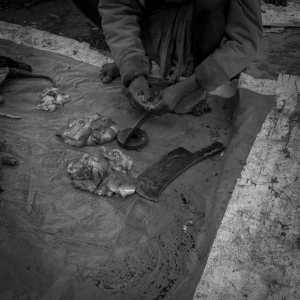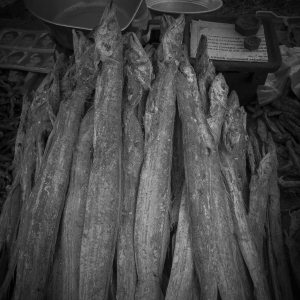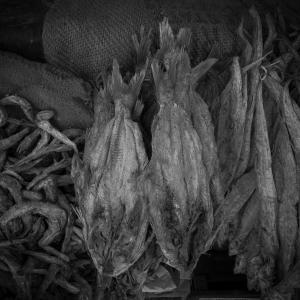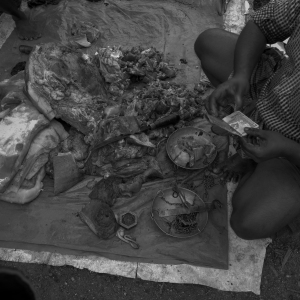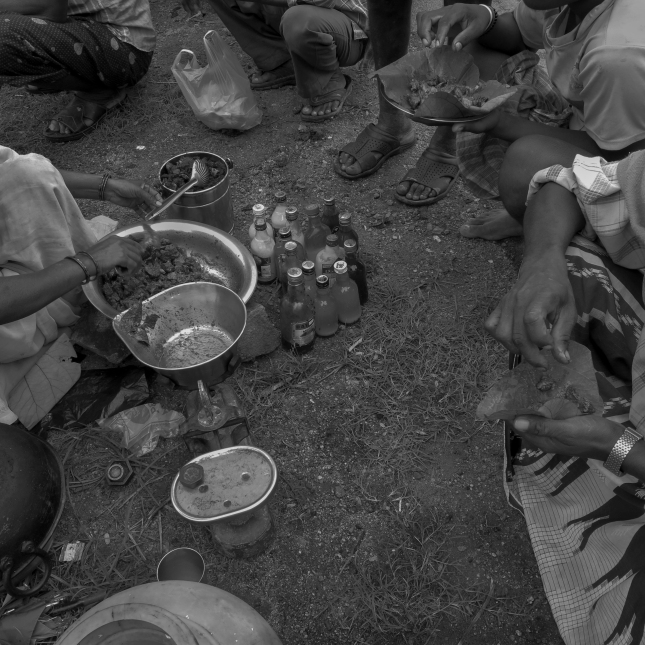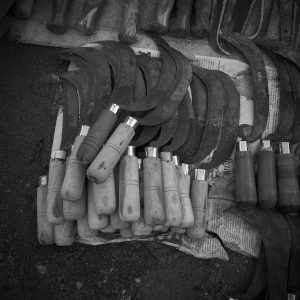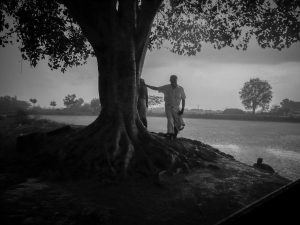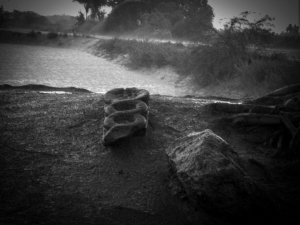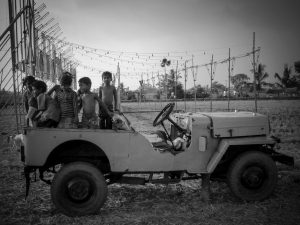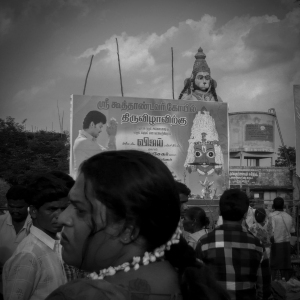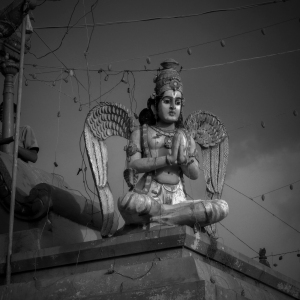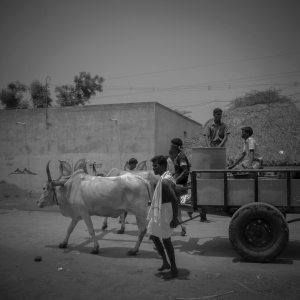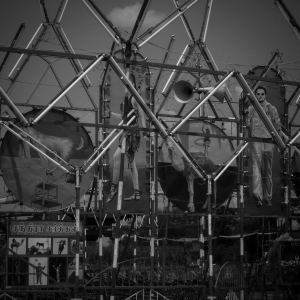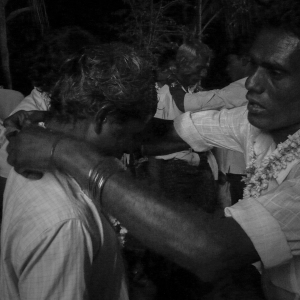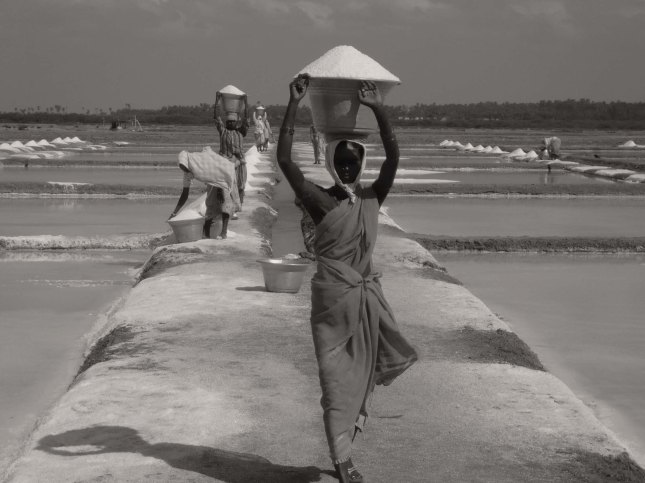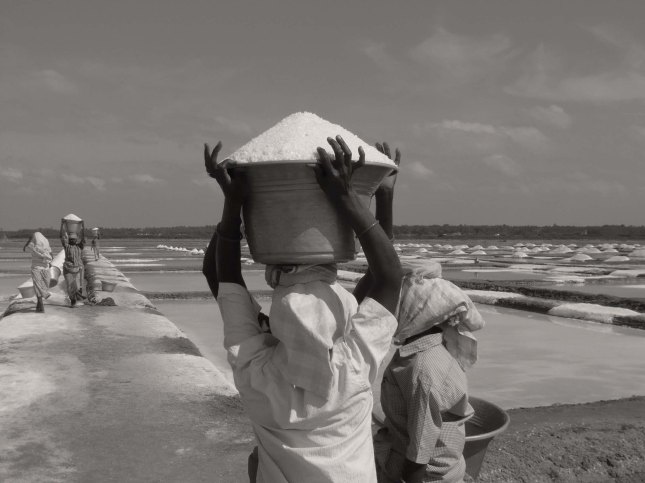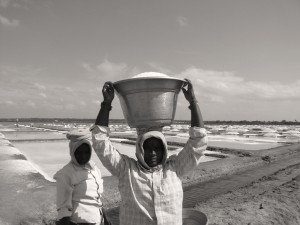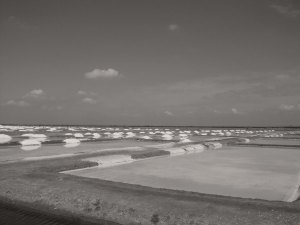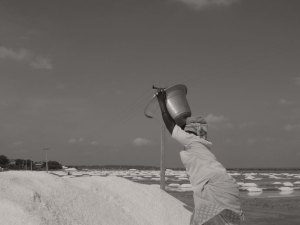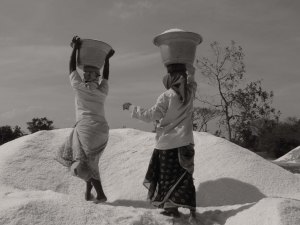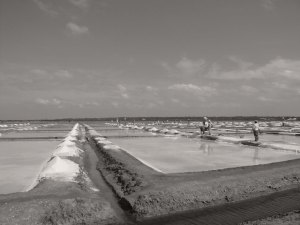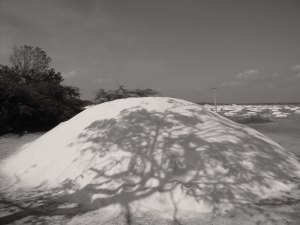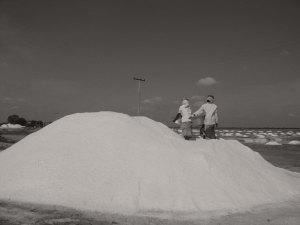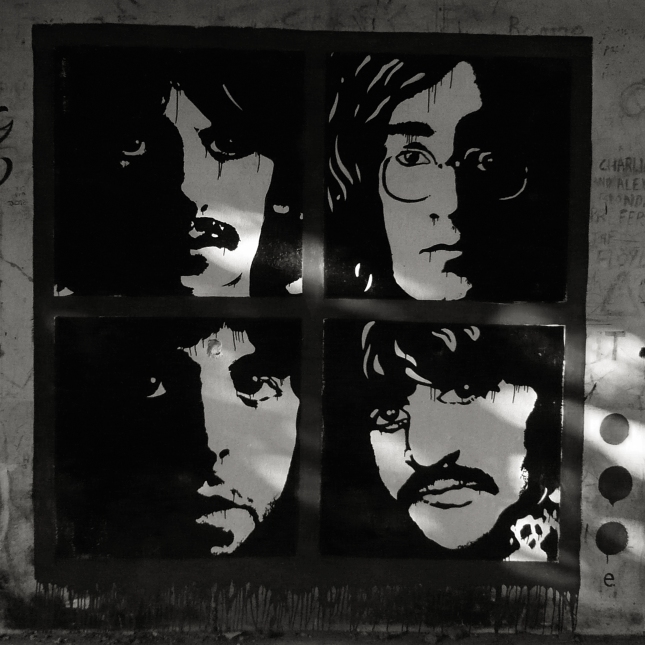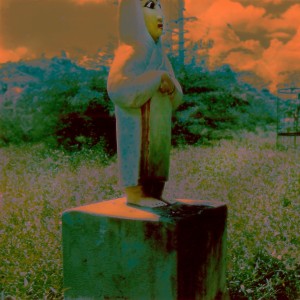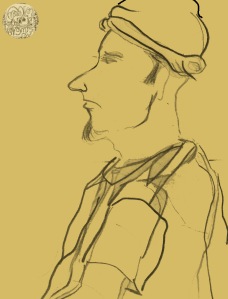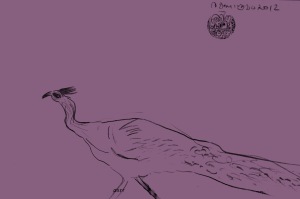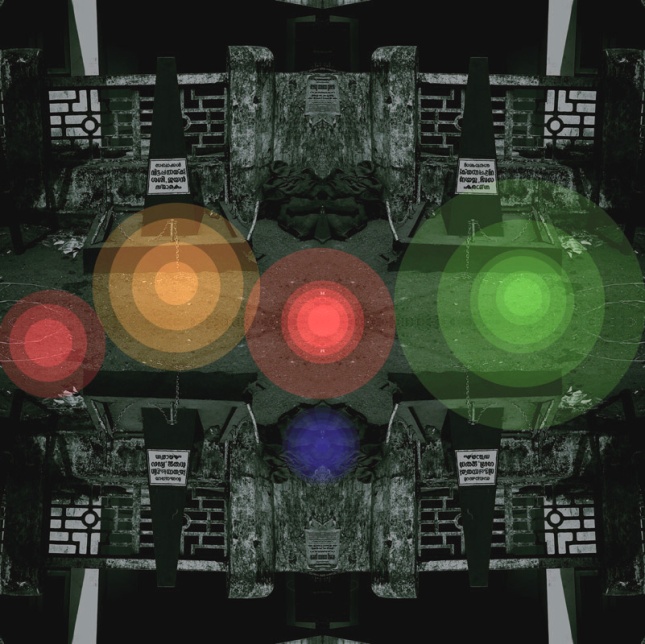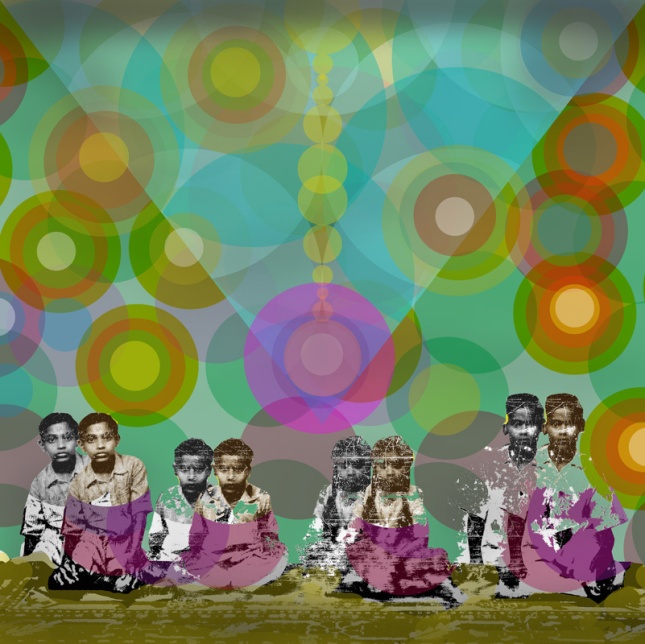“A peasant become fond of his pig and is glad to salt away its pork. What is significant, and is so difficult for the urban stranger to understand, is that the two statements are connected by an and not by a but” – John Berger
Vettavalam is a Panchayath town in Tiruvannamalai District. Periyakulam Chanda (market) is near Vettavalam, about 19 kms from Tirvannamalai. This is one of the very few active Sunday chandas in Tiruvannamalai District. Variety of cattle, livestock, roosters, pigs, horses, goats, turkeys, rabbits, goose, etc., are arrayed for sales. Hand made equipment, country vegetables, dry fishes, etc., also become part of this chanda. These color market is vibrant with life and activities. The market becomes active quite early. Pork is prepared and served, often times along with alcohol… one can see several men and women sitting in the sideways and eating. In the age of super market and online shopping practices, these kind of places continue to be a social gathering space. More like a festival, during the weekly chanda, people from neighbouring villages come together, share and laugh, sell and buy, and enjoy this ancient practice.
Not long before, animals were central to the existence of human beings. Not merely as leather and meat, but as an essential force that co-exists. Their entry into the life of humans was phenomenal. More as messengers and keepers of secrets, they communicated and started living alongside human beings. However, things have fast changed and now most of the animals are in zoos, distant and aloof, having been taken away from their natural habitation. In Tamil nadu, the animals continue to be used for many different purposes. Barter system is still prevalent in certain parts of the fast growing Tamil land. In many ways, the animals are still central to the life of these communities. However, this situation will soon change and animals will be forced to play a mere marginal role. And, these animals might even become extinct, as their existential link with human beings is bound to change owing to the technological advancement.
This series is part of my ongoing photographic project in which I use lo-fi cameras to document the changing rural lifestyle and contemporary culture.
Abul Kalam Azad
3rd November 2014
(C) All rights reserved. All the images published in this blog is copyrighted property of contemporary Indian photographer Abul Kalam Azad. Text transcribed by TSL Nadar. Reprinting / publishing rights reserved by the author and prior permission is required for reproduction / re-publishing, For more information call {0}4175 237405 / {0}94879 56405 or mail to ekalokam@gmail.com / FACEBOOK – Abul Kalam Azad
